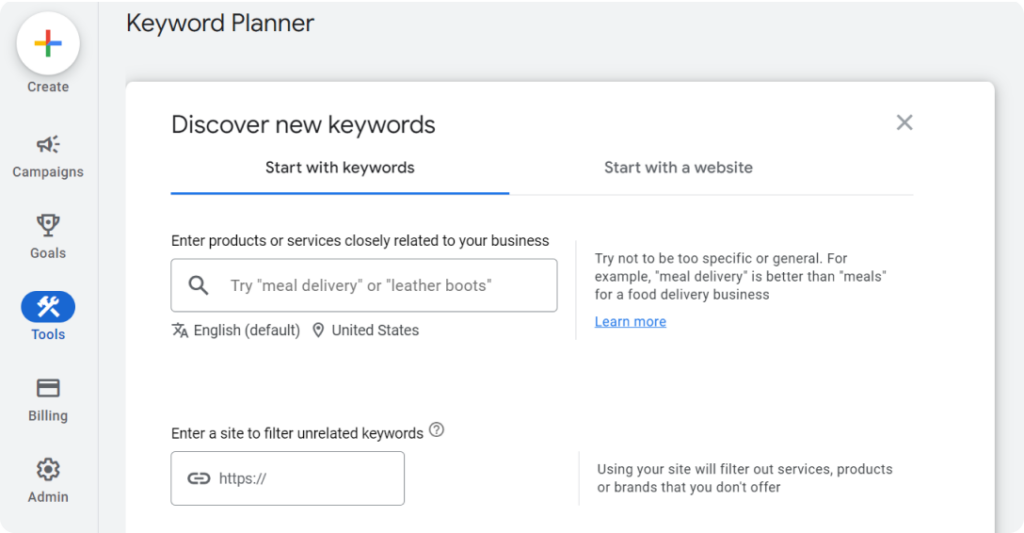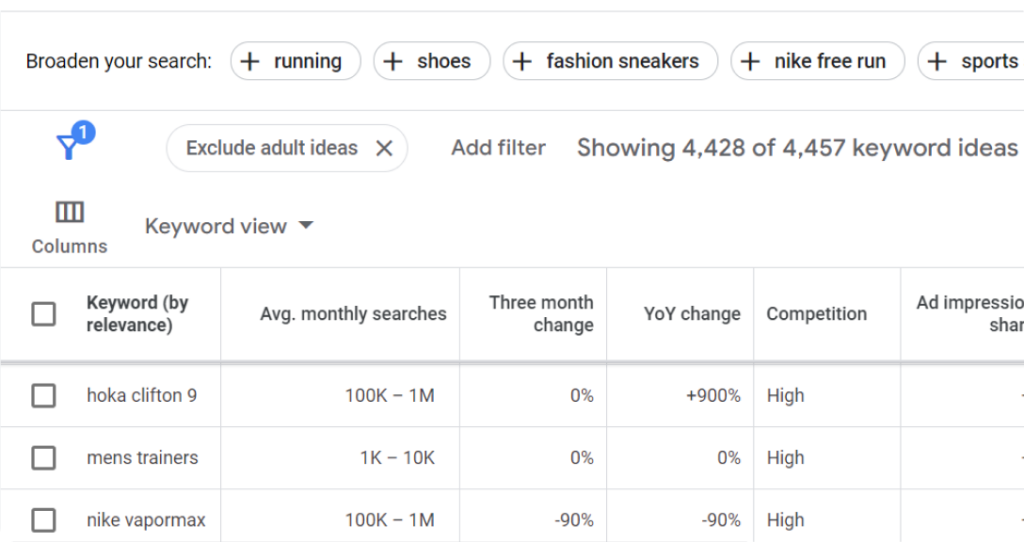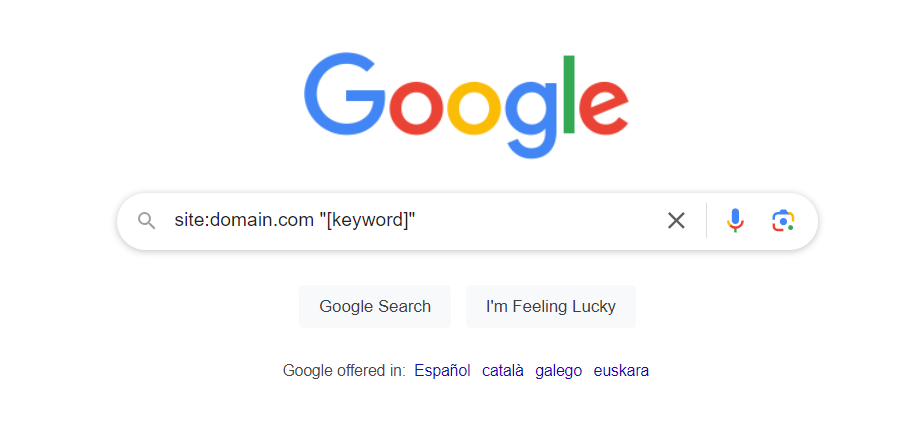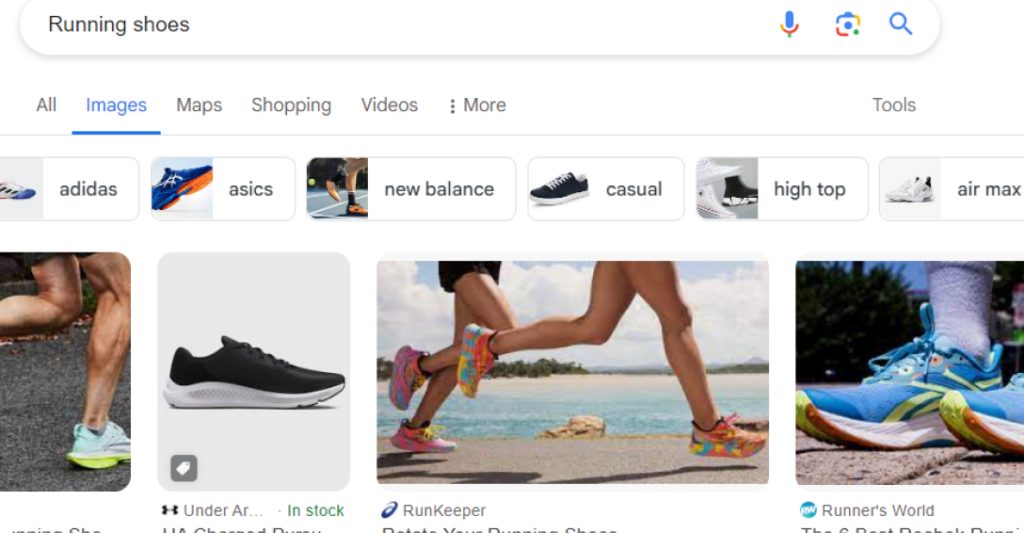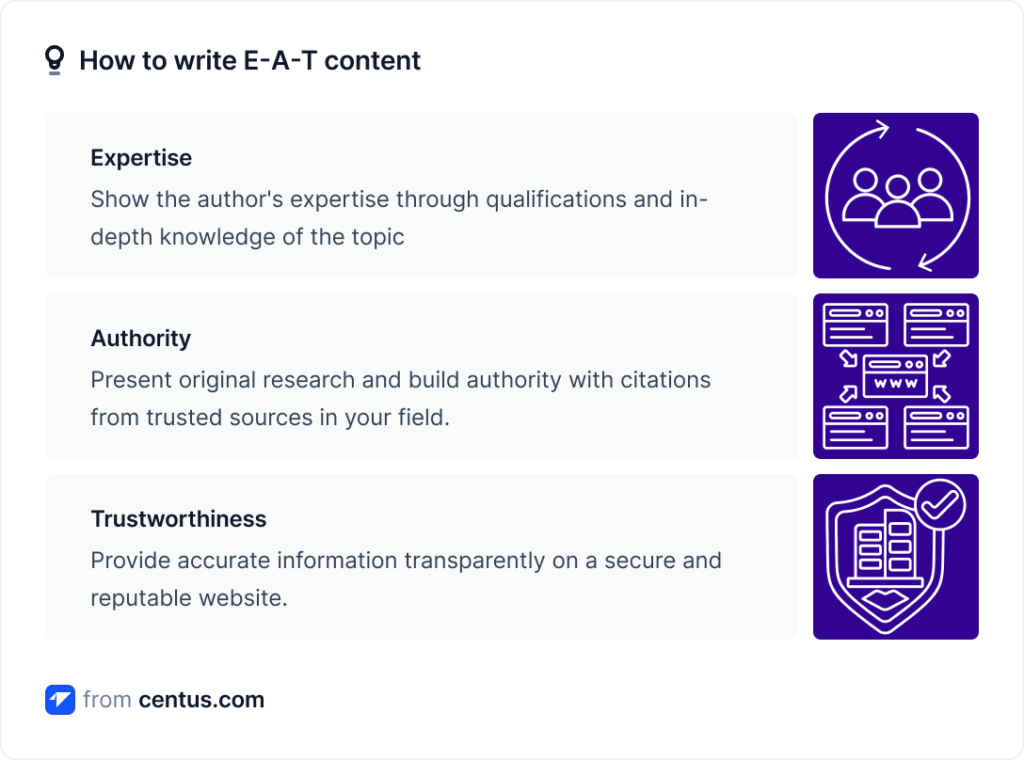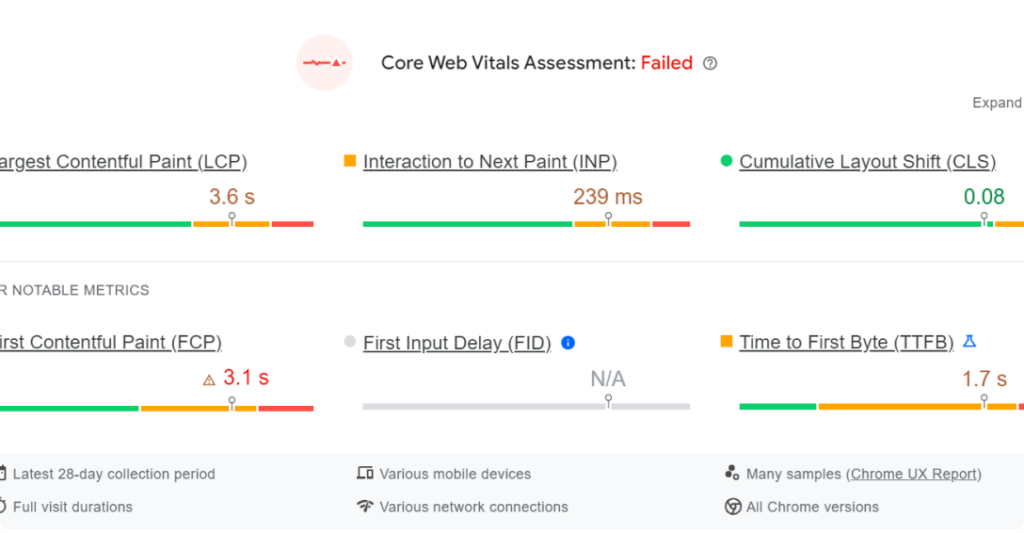In these day, social media is more important than ever. Brands, doctors, singers… Everything and everyone is on social media and because of it, being one of the popular people can be hard. That’s why people are using a new strategy; buy Instagram likes!
Purchasing likes is a move that can help your posts shine while boosting your presence on social media with increased credibility, more organic engagement, and many more benefits.
Let’s stop wasting time and learn how it can help you leave your mark on Instagram!
When You Buy Instagram Likes: Social Proof and Credibility
Most noticeable and immediate effects come when you buy Instagram likes, are social proof and credibility. As you know, numbers are pretty much everything on Instagram. They are basically just verification. They are signs that you are creating good, high-quality content, that you are valuable, popular, and trusted. And once you buy Instagram likes, you can boost your credibility.
As we mentioned before, numbers are verifications. When a new user visits your profile and sees a bunch of likes on your post, they most likely think that you are good. This is a subconscious cue.
This social proof can be incredibly powerful because people tend to do what a crowd does. As a result, once they notice you have massive amounts of likes on your posts, they can follow you and interact with your posts.
Attract More Organic Engagement
Purchasing likes is an effective strategy for attracting more organic followers. Because if you post and your content gets many likes, it naturally draws attention. And we people are curious creatures, we tend to take a look at the popular things and even interact with them.
With this boost your posts will stand out and you become visible, and as a result you get organic growth. This snowball effect is an ally that you want by your side. Because once you start to grow, it creates momentum. The higher engagement can draw even more visitors.
Basically, the first increase from purchasing likes starts a domino effect that results in a spike in natural interaction keeping your material in front of the audience.
Visibility and Reach
Visibility and reach are the most important things to contribute to your growth, and when you buy likes from a reputable source, such as Views4You, you can be sure that you have them. Let’s see how they work:
- Instagram’s Algorithm: Instagram loves a post with high engagement. If you get likes, comments, or shares, Instagram considers that it’s popular and well-crafted and Instagram algorithm shows it to more people.
- Explore Page Chances: Buying likes gives you an initial boost in engagement. This can help you significantly to be on the Explore page where the best posts are shown. Being there can increase your reach and visibility. You can introduce yourself to potential followers and get more likes from them.
You can have this immense reach and visibility from algorithms thanks to buying Instagram likes. Do not underestimate the power of this strategy.
Strengthen Your Brand Image
As you know, Instagram is a popular place for brands and companies. And if you have a brand, you can harvest the power of social media marketing when you buy likes.
Let’s say you showcase your latest product, and you decide to give it a little boost by buying likes. Your brand looks more popular and trustworthy because people automatically assume that your brand is credible and worth giving it a follow.
Thanks to this positive perception you can gain more followers, customers and likes.
Also, a strong image for your brand can give you collaboration and partnership opportunities. Since influencers or other brands want to work with accounts that have higher engagement rates. You can make your profile more appealing to them when you boost your profile with this strategy.
Time and Effort
Growing on social media is incredibly hard these days since everyone is on this platform and it takes so much time and effort. However, when you buy Instagram likes you can skip this part.
- Initial Boost: Purchasing likes helps your content start off strong and reduces the need for engagement plans. This boost will help your content be more visible and draw natural engagement faster than ever.
- Focus on Content Creation: With the time you saved by buying likes and not worrying about engagement, you can spend more time creating high-quality content. You have to keep your followers’ and visitors’ attention if you want to keep growing after you purchase likes.
- Build Your Community: Now you don’t have to spend time to increase your likes, and you can pay attention to creating a friendly, supportive Instagram community around your profile. Engage with your followers, answer DMs, respond to their comments, and set Q&A sessions. This will create a community soul and people will feel valued here. It is an essential thing to have if you are planning for long-term growth.
Psychological Benefits
The benefits of buying likes don’t stop at just reach, more followers or likes etc. There are psychological effects. Such as:
Boosts Confidence: No matter what they say, everybody loves getting likes. And after your purchase, seeing more likes on your posts can boost your confidence. It’s a good thing to see that people appreciate your work. This can encourage you to work harder and with more passion.
Increases Motivation: It can be quite inspiring when you get more likes on your postings. The more engagement shows that your efforts are paying off and motivates you to give your Instagram presence more time and attention.
Frequently Asked Questions
How quickly will I see results after purchasing Instagram likes?
When you buy Instagram likes, you can see them on your post within hours. Generally, it takes 1 to 3 hours to deliver your purchase, but this can vary depending on your provider and the size of the purchase. If you make a bulk purchase, it takes more time than 3 hours.
Is it safe to buy Instagram likes?
Yes, buying like is a safe thing to do as a growth strategy. Real and high-quality likes that comply with Instagram’s terms of service won’t cause trouble with themselves.






